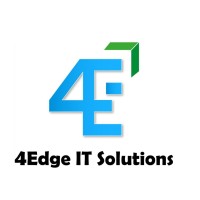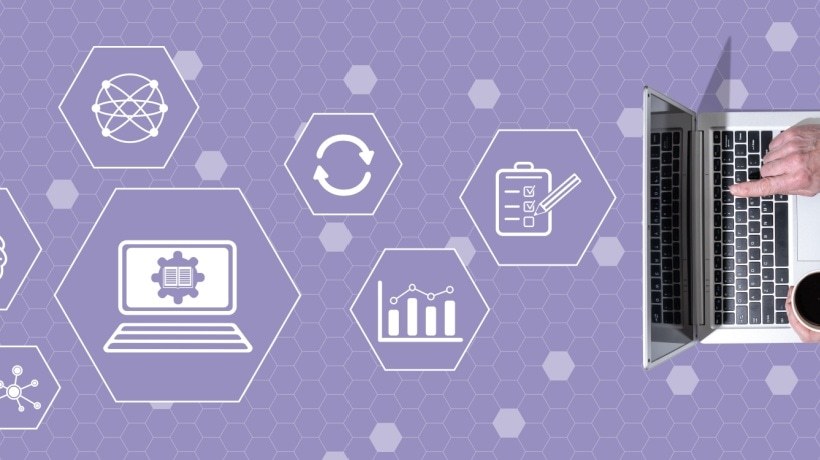Advantages Of Custom eLearning In 2025
If your teams are still being trained using those dated, one-size-fits-all eLearning modules from years ago, it might be time for a rethink. With Artificial Intelligence (AI) tools becoming mainstream and compliance demands constantly evolving, off-the-shelf content just doesn't fit it anymore. Custom eLearning in 2025 isn't just a nice-to-have; it's fast becoming essential for building a future-ready, engaged, and agile workforce.
From Content Libraries To Capability Builders
Corporate training has traditionally focused more on scale than on specificity. It's not uncommon to see the same video courses or slide decks being used across departments, locations, and even industries. But let's face it: there's no single template that fits everyone in your team.
The reality is, a technician working in a remote logistics site deals with a very different set of challenges than a designer in a city-based design office. A new hire in India won't interpret training the same way as a seasoned employee in the U.S. And yet, so many learning programs still assume everyone learns the same way, at the same pace, and in the same language.
That's where custom eLearning changes the game. It starts with your people—their roles, their context, their daily realities—and builds training that fits. The outcome? Not just better engagement, but tangible improvements in how effectively your teams work.
The Top 6 Advantages Of Custom eLearning In 2025
1. Tailored Solutions For Diverse Teams
In global companies, teams are spread across countries, functions, and contexts. An off-the-shelf course on "effective communication" may sound useful, but what does it mean for:
- A customer support agent handling multilingual clients?
- A healthcare trainer explaining clinical processes to first-time nurses?
- A compliance officer navigating healthcare related regulations?
Custom learning modules can adapt to the terminology, challenges, and KPIs relevant to specific roles. This dramatically increases learner engagement and reduces dropout rates.
2.Easily Adaptable For Quick Changes
Regulatory updates. New product launches. Digital tool upgrades. Organizations today need to roll out new knowledge in weeks, not quarters. With custom-built eLearning frameworks, businesses can quickly:
- Add or update content.
- Push targeted notifications.
- Embed simulations for new procedures.
- Track adoption rates in real time.
This makes custom eLearning an ideal choice for agile organizations that need training to keep pace with business strategy.
3. Microlearning That Works In The Flow Of Work
Microlearning—short, focused learning nuggets—isn't new. But in 2025, it's becoming far more integrated into day-to-day tasks. Think of a scenario where:
- A frontline worker receives a three-minute "refresher" video on machine safety just before starting a shift.
- A sales rep gets a quick checklist inside the CRM tool on objection handling before a client call.
This isn't possible with generic training content. It requires custom, workflow-integrated modules, designed around specific tools, timings, and use cases.
4. Mobile Learning For On-The-Go Teams
In many industries—from manufacturing to logistics to healthcare—most of the people are not sitting at a desk. Yet traditional eLearning platforms often assume desktop-first behavior. Custom eLearning solutions prioritize mobile design, allowing learners to:
- Download content for offline access.
- Submit quizzes or forms via smartphone.
- Scan QR codes to access training related to physical equipment or scenarios.
This dramatically expands reach and usage, especially in emerging markets and field-based operations.
5. Better Data = Smarter Decisions
When you build your own learning modules, you're not just locked into limited LMS metrics. Custom eLearning allows organizations to track:
- Drop-off points in video content.
- Time spent on different formats (videos, assessments, learning paths)
- Performance improvement after completion.
- Correlation between training and KPIs (e.g., sales, quality scores, safety incidents)
This data helps L&D teams not just justify ROI, but continuously improve programs based on hard evidence.
6. Brand And Culture Alignment
Your brand has a voice, a mission, and values. Why should your training sound like it came from a different planet? Custom content allows companies to:
- Use brand colors, language, and scenarios.
- Integrate real internal policies, processes, and scenarios.
- Reinforce values through storytelling, leadership messages, or gamified badges.
This makes learning feel like an extension of the organization, not a disconnected activity.
How Leading Organizations Are Using Custom eLearning In 2025
While off-the-shelf vendors still serve a purpose (especially for generic topics like communication or Excel skills), custom eLearning is becoming a strategic differentiator for organizations that take workforce capability seriously. Examples from across industries:
- Manufacturing companies are building mobile-based SOP simulations to train operators on machinery.
- Healthcare providers are developing animation-based, patient-safety eLearning modules with local scenarios.
- BFSI firms are creating regulatory compliance paths based on job roles and audit results.
- NGOs are launching lightweight offline training apps for field agents in rural areas.
Challenges To Watch For
Of course, custom doesn't mean "easy." Organizations need to:
- Invest in content strategy and Instructional Design.
- Use rapid authoring tools or platforms that allow frequent updates.
- Ensure alignment between L&D and business units.
- Plan for maintenance and localization (if operating globally)
But the payoff? A training system that actually drives behavior change, engagement, and performance. Though the initial investment may seem high, it will certainly pay off within a year or two.
Training That Drives Transformation
In 2025, the future of learning is not more content—it's more context. Custom eLearning is no longer a niche investment. It's becoming the foundation of how modern companies train, adapt, and grow. If your organization wants to build a smarter, faster, more capable workforce—start by rethinking how you teach.









